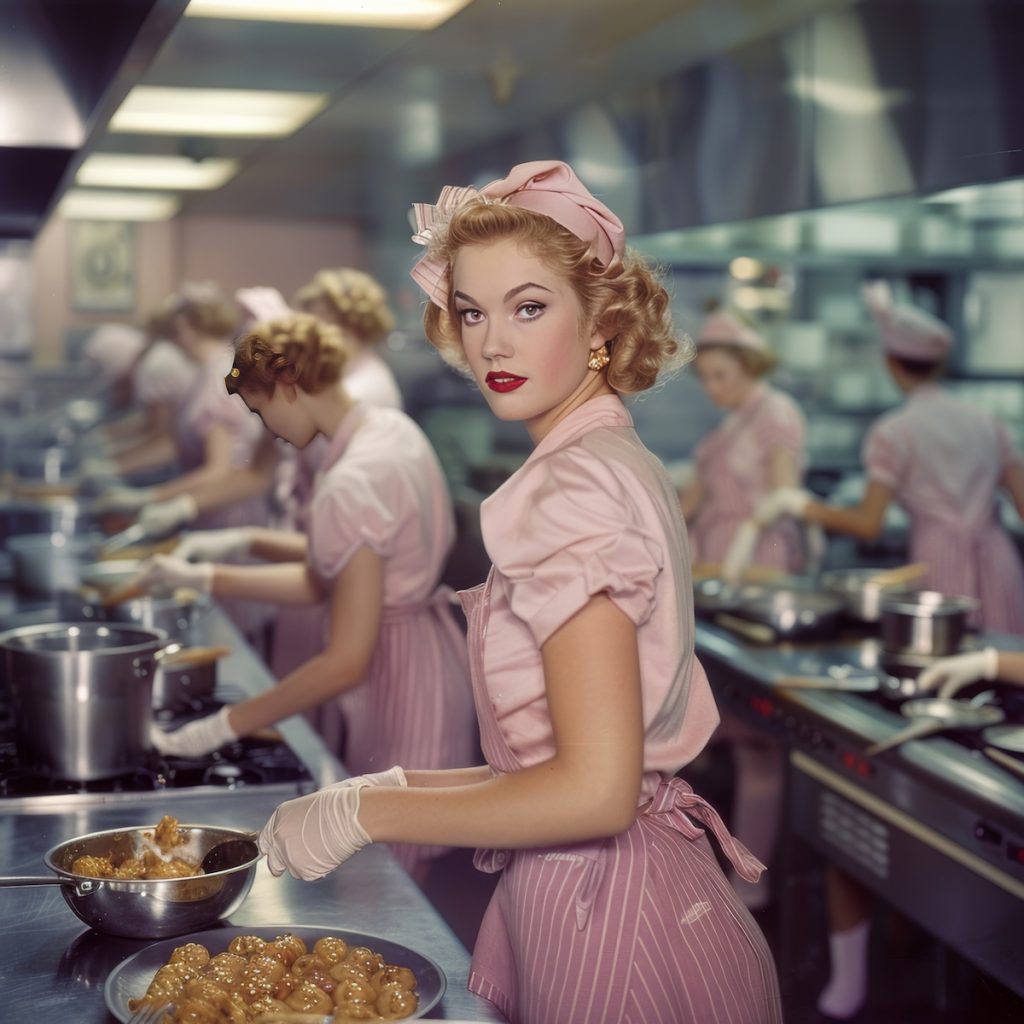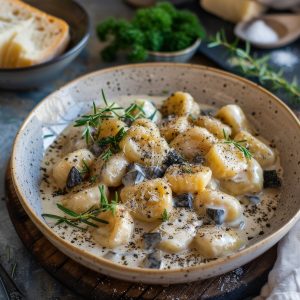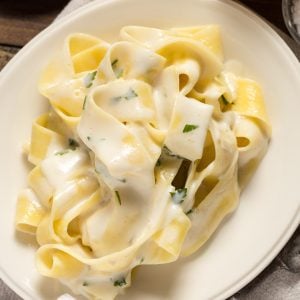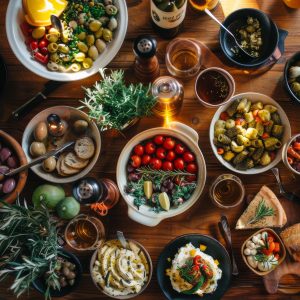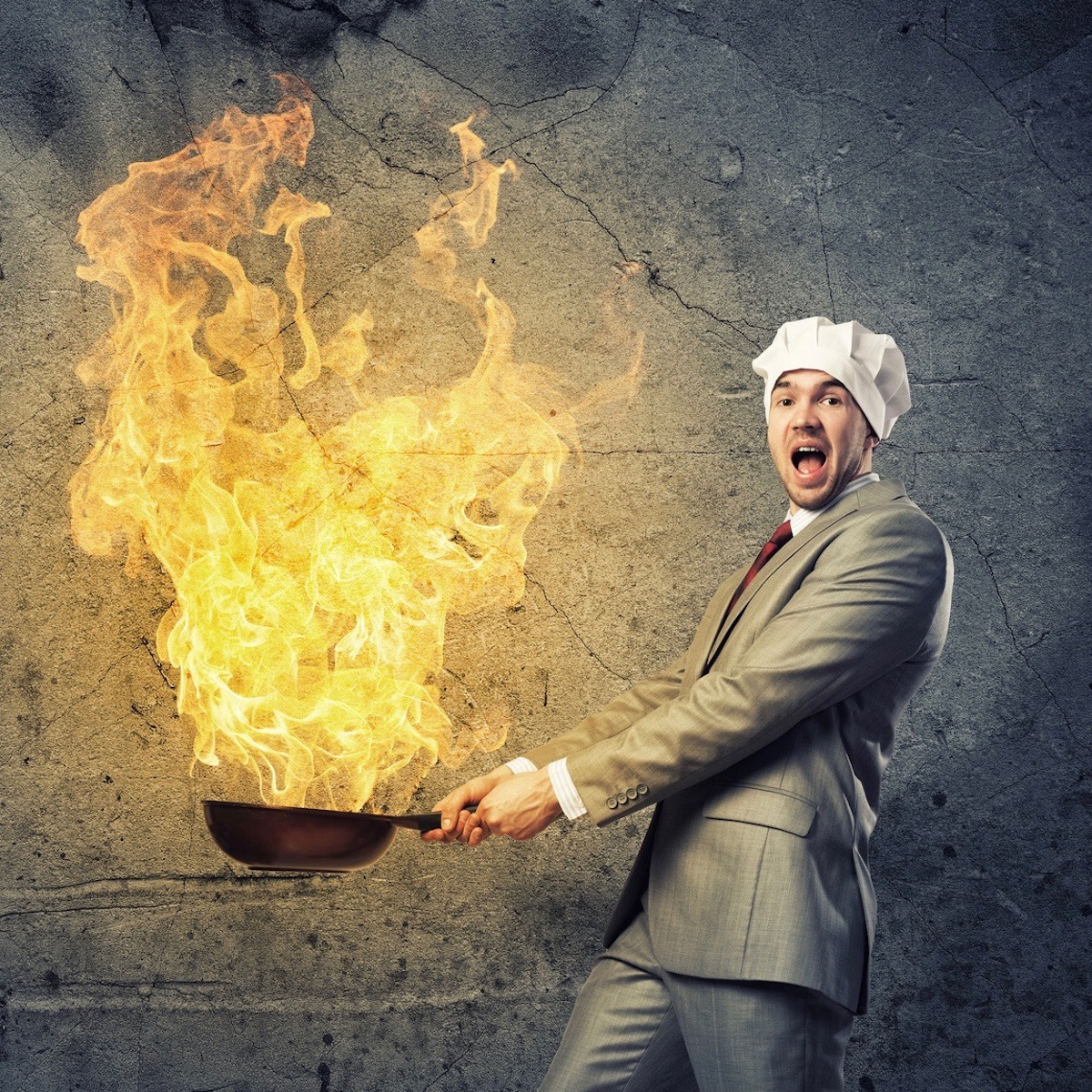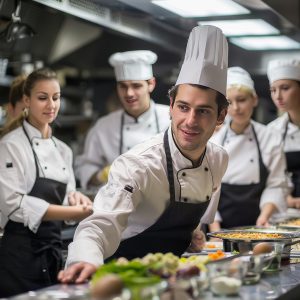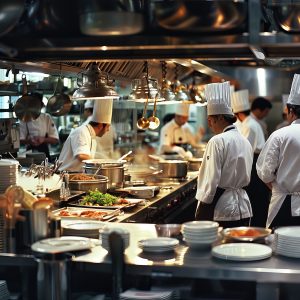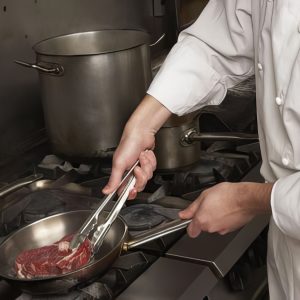Have you ever wondered what cooking in a professional kitchen would be like?
Imagine stepping into a bustling restaurant kitchen, the air thick with the scents of sizzling meats, fresh herbs, and simmering sauces. As a home cook, you’re used to the calm and comfort of your kitchen, where you can take your time to perfect each dish.
But in a restaurant, everything is different. The pace is faster, the stakes are higher, and the environment is charged with energy.
In a restaurant kitchen, precision and efficiency are paramount. There’s no time to linger over a recipe or adjust a dish to taste—every movement must be quick and purposeful.
The heat from the stoves is intense, the noise of clanging pans and hissing grills is constant, and the pressure to deliver dishes on time is relentless. You’re not just cooking; you’re performing, and every dish you send out must meet the high standards of paying customers.
Yet, amidst the chaos, there’s a thrill. The adrenaline of working in a team, the satisfaction of seeing plates leave the kitchen, and the knowledge that your food is part of someone’s dining experience can be incredibly rewarding. It’s a challenge, pushing your skills and passion for cooking to new heights.
What Would It Be Like?
For a novice stepping into a professional kitchen, the experience can be both exhilarating and overwhelming. Here’s what it might be like:
- Overwhelming Sensory Experience: The kitchen is alive with sounds, smells, and sights—clanging pots, sizzling pans, shouting orders, and the aroma of cooking food all hit at once, creating an intense sensory environment.
- Fast-Paced Environment: Everything happens much faster than in a home kitchen. There’s a constant sense of urgency, with everyone moving quickly and efficiently to meet tight deadlines.
- High Pressure: The pressure to perform is intense. Mistakes are not easily forgiven, and the expectation is to get things right the first time, every time. This can be daunting for someone not used to such a high-stress environment.
- Team Coordination: Professional kitchens operate like a well-oiled machine, with each person responsible for a specific task. Coordination and communication are crucial; a novice might need help keeping up with the team’s rhythm.
- Intense Focus on Technique: Precision is vital in a professional kitchen. There’s no room for improvisation or experimentation—recipes and techniques must be followed to the letter.
- Physical Demands: Long hours on your feet, lifting heavy pots, and working in a hot, confined space can be physically exhausting, especially for someone not accustomed to the demands of a professional kitchen.
- Learning Curve: There’s a steep learning curve. From mastering new equipment to understanding kitchen terminology and protocols, a novice must quickly adapt and learn on the job.
- Sense of Accomplishment: Despite the challenges, a rewarding sense of accomplishment comes from contributing to creating dishes that bring diners joy.
What Would Be the Most Significant Differences from Cooking at Home?
The most significant differences between cooking at home and in a professional kitchen include:
- Pace and Pressure: At home, you can take your time, experiment, and adjust as needed. In a professional kitchen, speed and precision are critical. You must work quickly under high pressure, with little room for error.
- Scale and Volume: Cooking at home typically involves preparing meals for a few people, while a professional kitchen requires cooking for dozens or even hundreds of customers, often simultaneously. This demands efficient multitasking and managing large quantities of ingredients.
- Teamwork and Coordination: Home cooking is usually a solo or small group activity, whereas, in a restaurant kitchen, you’re part of a larger team. Each member has a specific role; success depends on seamless coordination and communication.
- Consistency and Precision: You can be flexible with measurements and techniques at home. In a professional kitchen, consistency is vital—every dish must meet exact standards, both in taste and presentation, to ensure customer satisfaction.
- Use of Specialized Equipment: Professional kitchens have industrial-grade tools and appliances, such as high-powered stoves, large mixers, and specialized ovens. Using this equipment efficiently requires familiarity and skill.
- Time Constraints: Home cooking allows for leisurely preparation, while you must meet strict deadlines in a restaurant. Dishes must be prepared and served quickly to keep up with customer orders, often under the pressure of a busy service.
- Physical Demands: Cooking at home is generally less physically demanding, with breaks and a relaxed pace. In contrast, professional kitchen work involves long hours on your feet, constant movement, and handling heavy equipment, which can be physically taxing.
- Customer Expectations: At home, you’re cooking for yourself or loved ones, who might be forgiving of mistakes. In a restaurant, paying customers expect perfection, which adds another layer of pressure to deliver high-quality dishes consistently.

